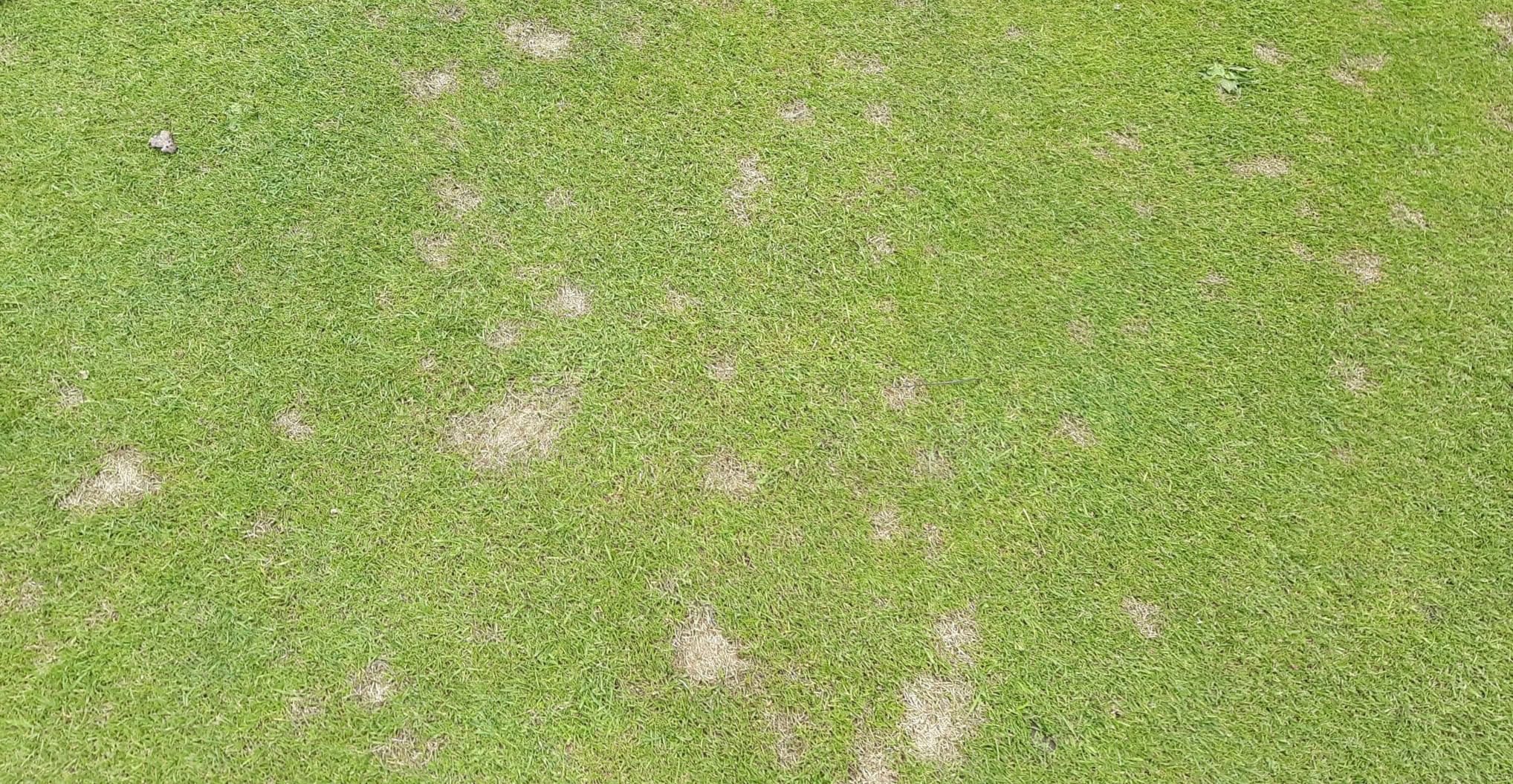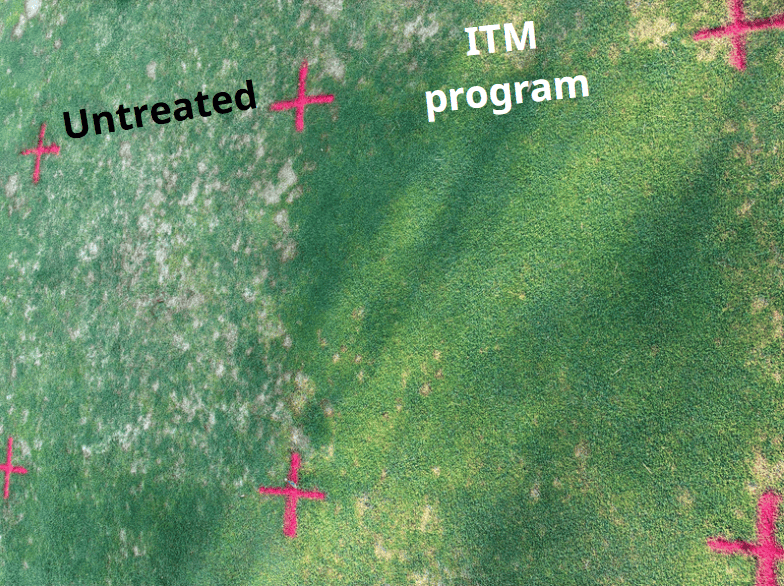Those who listen to the On The Horizon podcast will be well aware of the “Slow it down, Zero it out” strategy.
Built into this is a component of setting your tolerance to disease pressure, perhaps you only need the ‘slow it down’ part of the strategy.
Or perhaps you need that additional ‘zero it out’ element at your site.
For me fungal life relies on a food source, correct temperature, correct moisture.
Slow it down
Encompasses all the elements of cultural practice that we can apply to turf surfaces to put you in the best possible position.
Making it as difficult as possible for the disease to get a foothold.
It’s not new knowledge that healthy turf better resists the attack of disease causing agents (pathogens).
But you should also know that everything has a limit.
If we took a plug of the most healthy turf possible, put it in a controlled chamber at 5°C, no air movement and cranked up the humidity it would only be a matter of time until a level of disease was seen.
We had a situation like this last autumn, where many of us saw a 4-5 day period with no sun, no air movement and heavy mists or fogs to hold moisture in place. I did this blog at the time to try and get under the skin of what was going on.
I did a talk at BTME on Microdochium, as part of that I asked for some audience feedback.
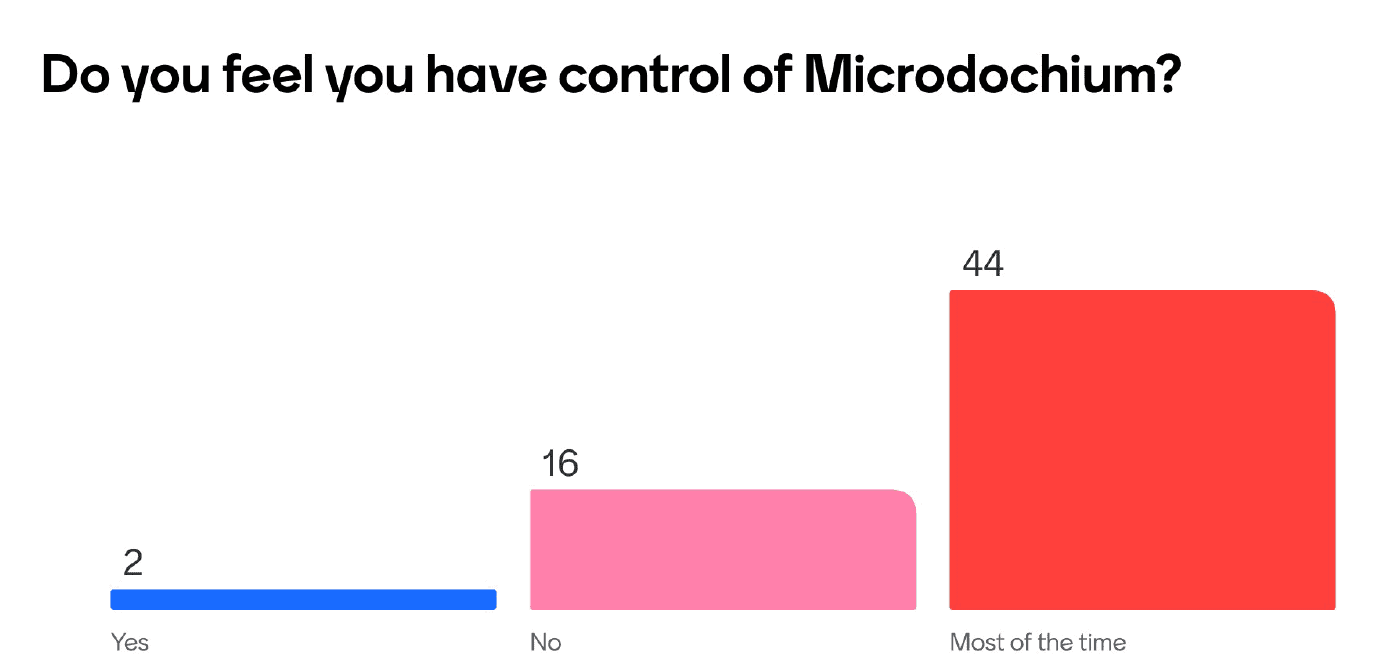
Interesting to note that most didn’t feel fully in control – no surprise after an intense disease pressure season.
Temperature
If you cut a whole year up into hours, based on the temperature that hour (for Dublin below).
You can see where we spend much of our time.
Every site will have a different graph, but we can see for Dublin where microdochium is a big threat, they spend 77% of their time between 2°C & 15°C.
Considered the happy place for microdochium patch disease.
That’s one of those core drivers for this disease, so if we have moisture creep into the game in that period we need to be on high alert.
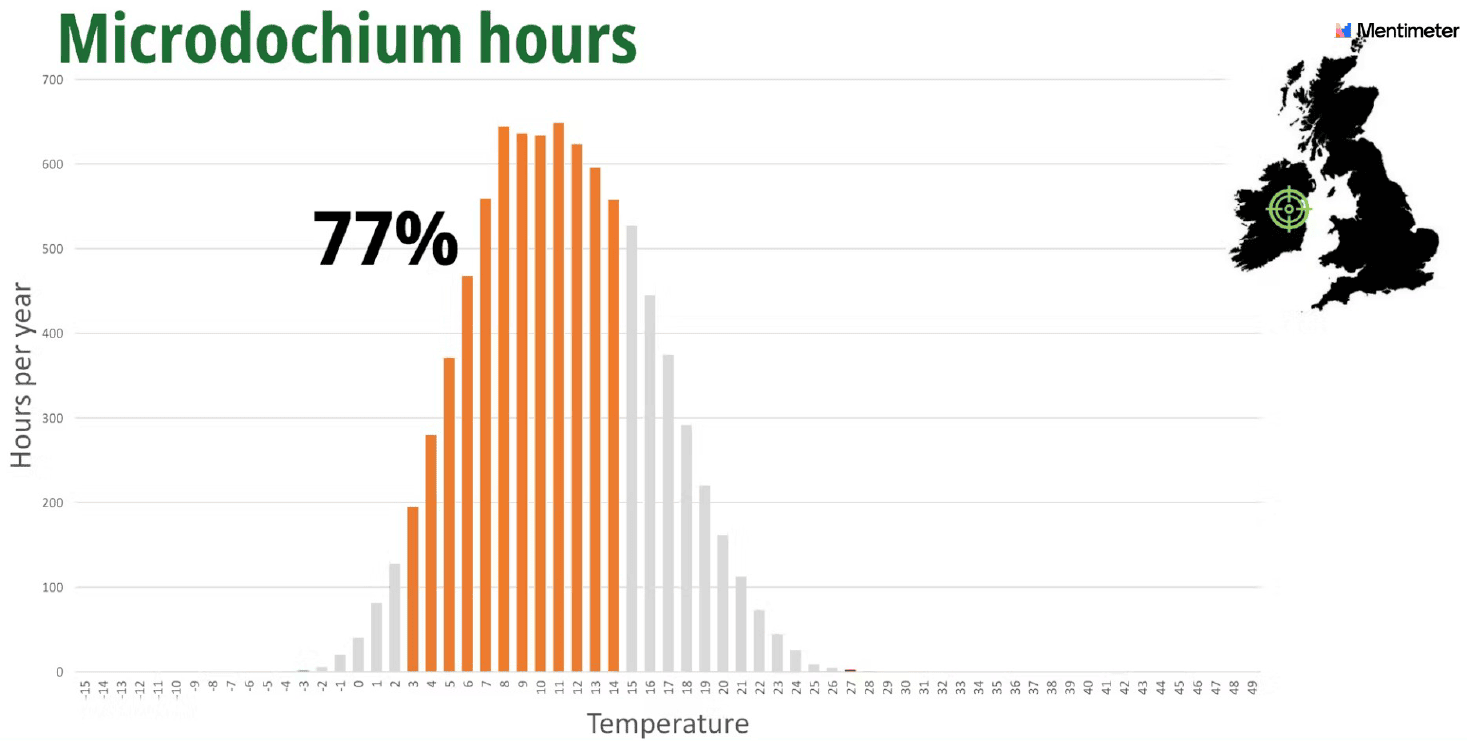
Leaf Moisture
When it comes to getting shot of leaf moisture below is how the room saw it.
With no robust studies (that I’m aware of) to say which is the best “bang for your buck”
= best at removing leaf moisture for the effort the team puts in.
The rooms guess is as good as mine.
Is that how you see it?
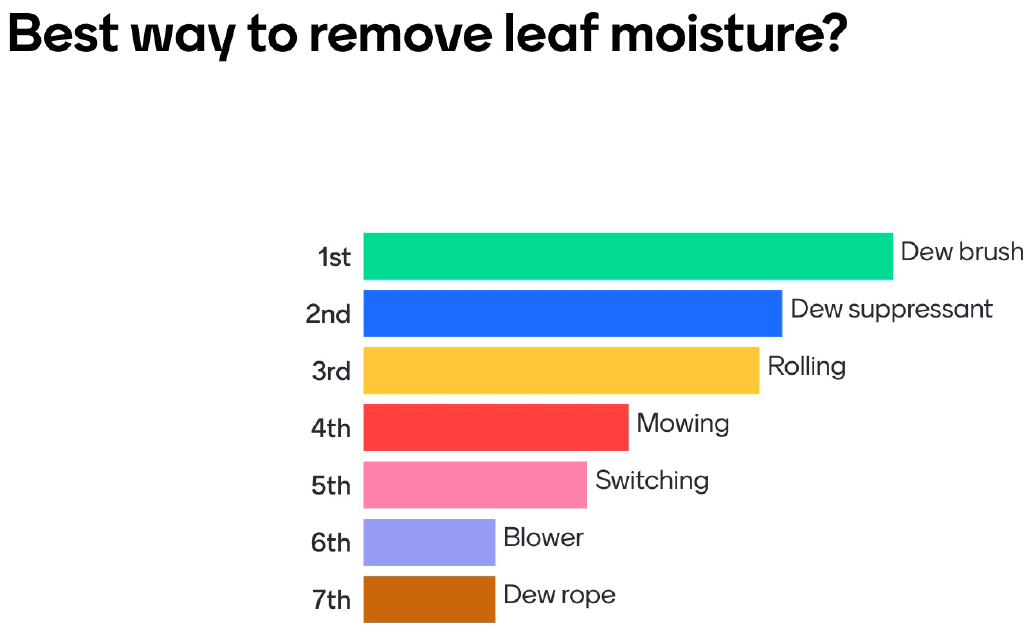
Very hard to judge results of these activities outside of a formal trial with untreated areas.
For example:
Switching may be fast, and look like the water droplets are moved off the leaf, but is it moving the water away enough? – do we see less disease as a result?
Zero it out
When it comes to fungicides.
It was great to see that most in the room had a good handle on which fungicide technology would fit where (temperature wise) if the need came to zero out the pressure.
Medallion being effective no matter how cold it breaks.
Ascernity for the milder side (20% growth potential and above).
Instrata Elite very happy in between.
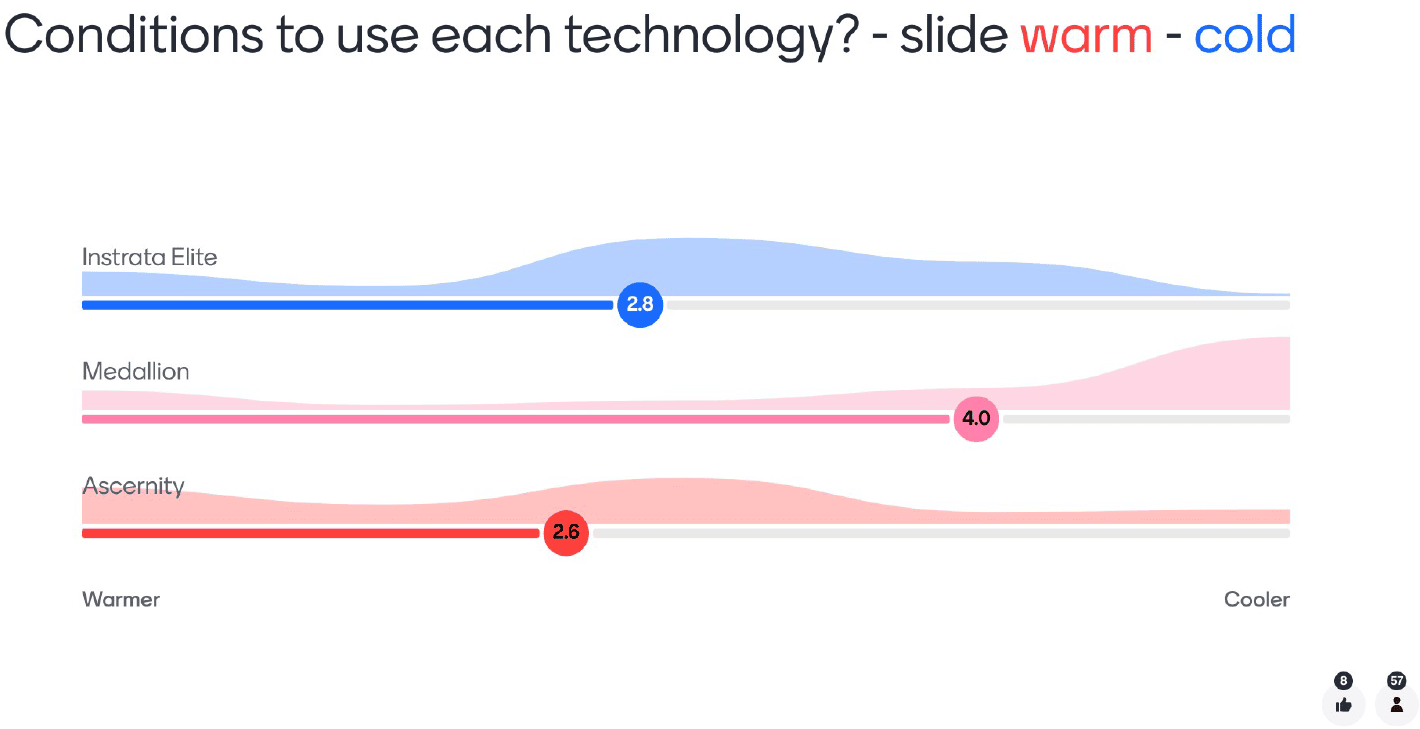
Three things to think about when it comes to managing microdochium.
Temperature
You can’t do anything about it.
But you can understand it and get it to inform you. Turf advisor is your friend here 🙂
Water
On leaf.
We need to get it off.
Monitor conditions to inform your priority setting. Strings of days in a row should be a red flag, and make you want to step up activities in this space.
Turf health
Do what you can to max out turf health in the run up to danger periods.
Get nutrition dialed in, too much is bad, too little is terrible.
Dew suppressants and fungicides
Finally I’ve had a few questions this year on dew suppressants and fungicide use.
Both can form an important part of an ITM strategy, but how best to get them to play together?
Fungicides are carried in water to their foliar target site. If that water runs off the leaf (due to over the top water volume or very waxy leaf) the uptake of active ingredients can be reduced, and so you could get a reduction in your control or longevity.
With this in mind, the ideal series of events if you need to deploy both these tools:
- Apply the fungicide.
- Allow 2 + hours for the product to dry (or next day) apply the dew suppressant.
Things to note:
-Applying the dew suppressant immediately before, or in a tank mix may affect the uptake of the fungicide active.
-As the effects of a dew suppressant wear off, so will any impact on active uptake on future fungicide apps.
-Any reduction in active uptake should be low, if you needed to go with your fungicide & dew product together it would still be better than dropping one entirely (assuming a super limiting period for spray windows).
But you’ll get best results where you can separate the two.


